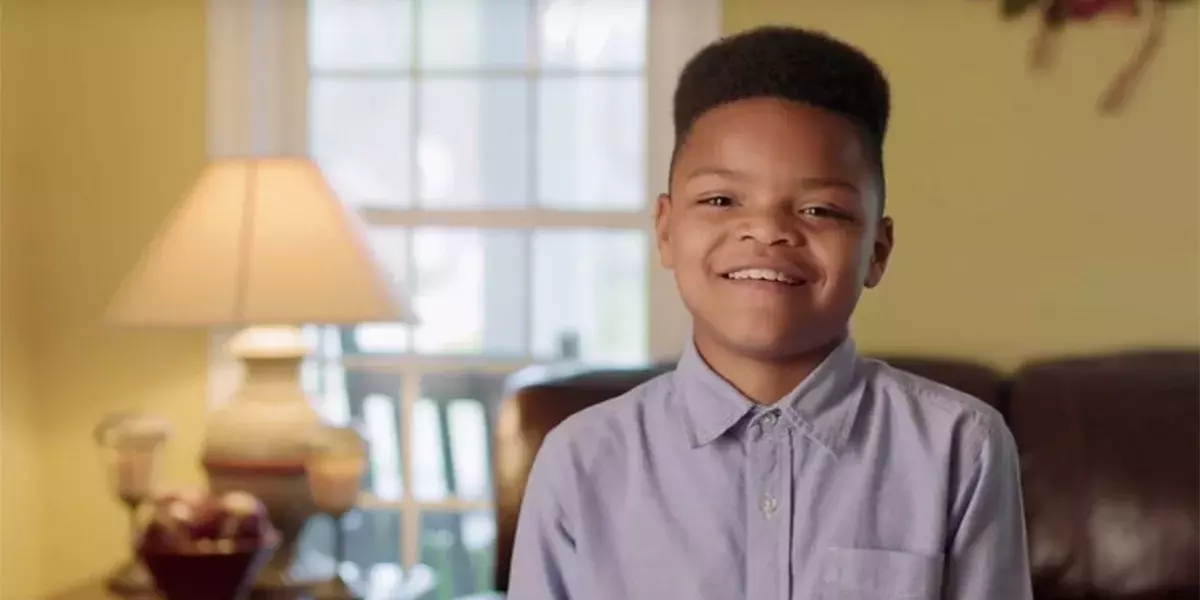
Heimlich: ‘The difference between life and death’
Earlier this year, a student at an elementary school in Spartanburg County noticed a classmate choking. The student rushed to his friend's aid and performed the Heimlich maneuver, which he had learned in a hands-only CPR class provided by Spartanburg Regional Healthcare System, and it saved his friend's life.
A few weeks earlier, a middle school student in Cherokee County saved his mother from choking by performing the same maneuver he learned from Spartanburg Medical Center experts.
Spartanburg Medical Center staff tour schools all year long to teach the Heimlich maneuver and hands-only CPR.
Choking happens more often than people realize, and it's important to be prepared, Lorraine Calwile, MSN, RN-CCRN, PCCN, of Spartanburg Medical Center, said.
“Choking situations happen more often in schools or at home,” she said. “Oftentimes people will talk and eat at the same time and food will get stuck and they can't breathe.”
Calwile said that, besides eating, younger children are often susceptible when they play with small toys or objects.
“If you take the time to learn the proper ways to prevent choking and get help, you can make a difference,” she said. “It is the difference between life and death.”
The Heimlich Maneuver
This maneuver is designed to move air through the windpipe and force an obstruction out:
- Reach around the person's waist.
- Position one clenched fist above the navel and below the rib cage.
- Grasp your fist with your other hand. Pull the clenched fist sharply and directly backward and upward under the rib cage 6 to 10 times quickly.
- If the person is obese or in late pregnancy, give chest compressions.
- Continue uninterrupted until the obstruction is relieved or advanced life support is available. In either case, the person should be examined by a healthcare provider as soon as possible.












